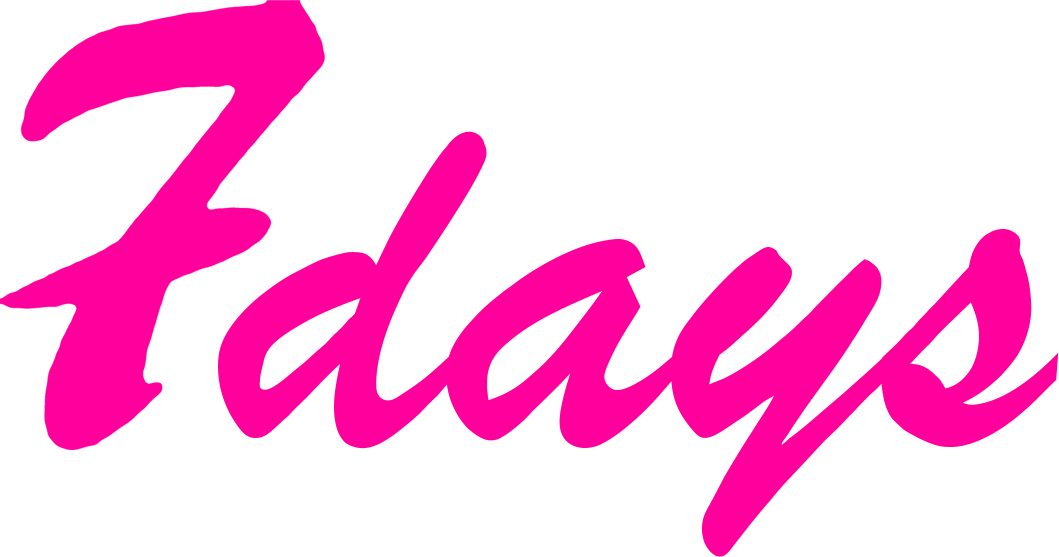The menstrual cycle is a process that happens in a girl’s body, usually once a month, starting during puberty. It’s a sign that your body is growing up and getting ready for the possibility of pregnancy in the future. The cycle has four important phases, each playing a different role in preparing the body.
In this article, we’ll explain these phases so you can understand what’s happening in your body and why. The phases are the Menstrual, Follicular, Ovulation, and Luteal phase. Knowing more about the menstrual cycle can help you feel more comfortable and confident as you go through it.
1. Menstrual Phase (Days 1-7)
This is when your period happens, and it’s the first phase of the cycle. The body gets rid of the lining of the uterus, which is no longer needed. This lining, made up of blood and tissue, leaves the body through the vagina. This is what we call a “period.” It usually lasts 3 to 7 days. You might feel cramps in your lower belly during this time because the uterus muscles are working to push out the lining.
Think of this phase like a “reset”, where your body is getting rid of the old lining so it can start fresh for the next cycle.
2. Follicular Phase (Days 1-13)
While your period is happening, your body is already starting the next phase, which is called the follicular phase. The brain tells the ovaries to get ready by releasing a hormone called follicle-stimulating hormone (FSH). This hormone helps your ovaries grow a few tiny sacs called follicles, and inside each follicle is an egg.
As the days go by, one follicle becomes the main one, and the egg inside it starts to mature (get ready). The follicles also make more estrogen, a hormone that helps build up a new lining in the uterus. This lining is important because it creates a soft place for a fertilised egg to grow if a pregnancy happens.
3. Ovulation Phase (Day 14)
Ovulation is the big moment in the cycle when the mature egg is released from the ovary. It usually happens around the middle of the cycle, about day 14 in a 28-day cycle. The egg travels into the fallopian tube, and this is where it can meet a sperm and become fertilised. This phase is the best time to get pregnant because the egg is ready, and if sperm is around, it can join with the egg.
Ovulation only lasts about 24 hours (one day). If the egg doesn’t meet any sperm, it dissolves and won’t be used.
4. Luteal Phase (Days 15-28)
After ovulation, the empty follicle that releases the egg turns into something called the corpus luteum. This makes a hormone called progesterone, which keeps the lining of the uterus thick and ready in case the egg gets fertilised and needs to attach to grow.
If no pregnancy happens, the corpus luteum breaks down, and progesterone levels drop. Without enough progesterone, the thick lining of the uterus starts to shed, and that’s what leads to the next menstrual phase, and your period begins again!
“These four phases repeat every month, creating a cycle. Every girl’s cycle is a bit different, and it can take a few years after starting your period for your cycle to become regular. Understanding these phases can help you know what’s going on with your body and why certain symptoms, like cramps or changes in mood, happen at different times”.
Conclusion
The menstrual cycle is a natural part of growing up, and understanding it helps you get to know your body better. Each of the four phases, menstrual, follicular, ovulation, and luteal—plays an important role in preparing your body for a possible pregnancy. While it might seem complicated at first, knowing how these phases work makes it easier to track your period, understand changes in your body, and take care of yourself each month. Remember, every girl’s cycle is unique, and it’s perfectly okay if yours isn’t exactly like anyone else’s!

